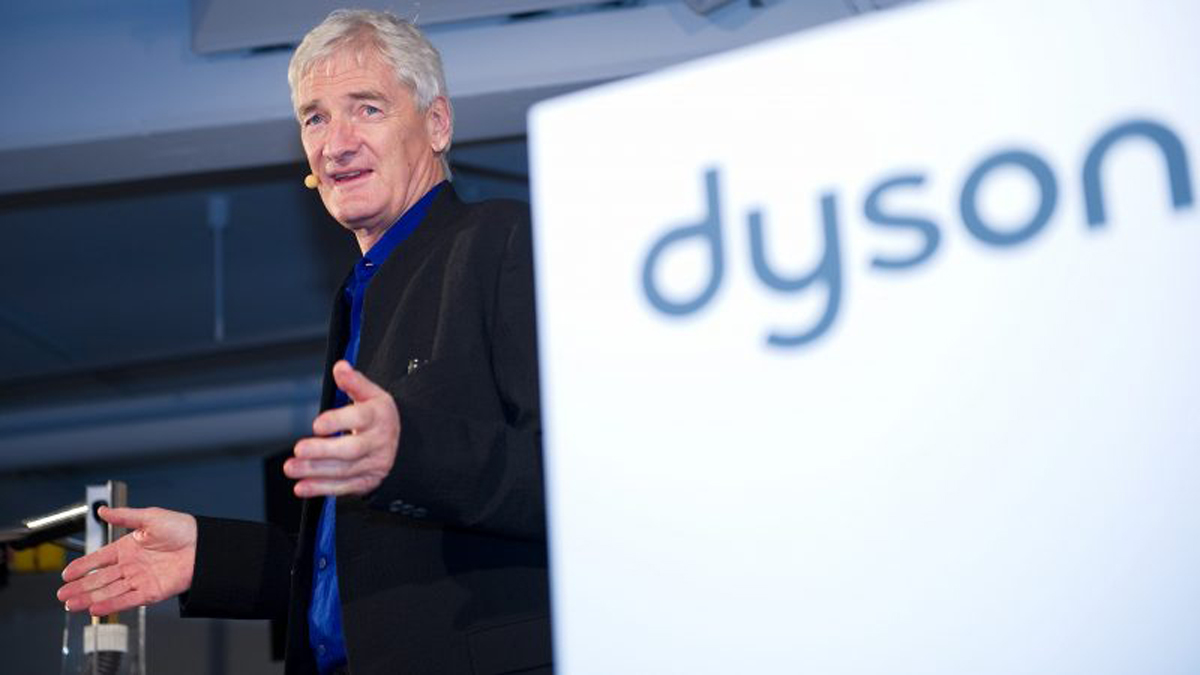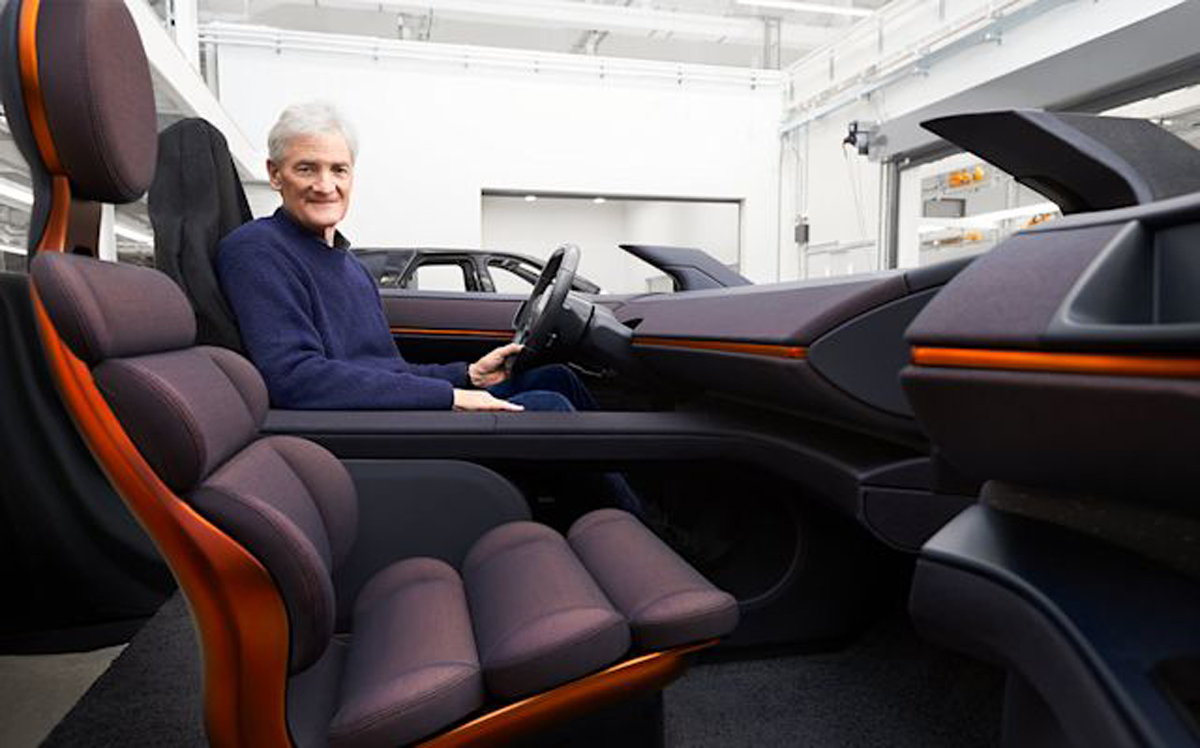The details and design of the SUV was kept under wraps for years. That is, until it was finally revealed by the company founder himself, Sir James Dyson. The vehicle, known by its codename “N526”, would have had a 600-mile (965km) range per charge and could go from 0 – 100km/h in just 4.8 seconds, said the founder in an interview with UK’s The Times. Dyson claimed that he had driven its prototype secretly in a screen-off compound, and explained that the car could achieve such performances largely thanks to the company’s own solid-state batteries and twin 200kW electric motors. He added that the N526 weighed at 2.6 tons and had a top speed of 125mph (200km/h). Meanwhile, the aforementioned electric motors had a power output of 536hp and 650Nm of torque. The founder also revealed that the cancelled SUV measured five metres long, two metres wide and 1.7 metres tall, featured a sporty overall design and had wheels that are bigger than on any production car in the market. The project was scrapped after James Dyson spent £500 million of his own money on its development. He stated that each car produced needed to make £150,000 (~RM800,000) to break even, and the company did not have an existing fleet of profitable gasoline and diesel cars to offset the “huge losses” on the N526’s production costs. “There’s huge sadness and disappointment,” said Dyson in the interview. “Ours is a life of risk and of failure. We try things and they fail. Life isn’t easy.” Additionally, the founder also added that he is open to the idea of letting car makers tap into Dyson’s solid-state batteries, which are supposedly more efficient and compact when compared to lithium ion cells. When asked if the company would consider making cars again in the near future, James Dyson said that only if it becomes commercially viable for them. (Source: The Times)

